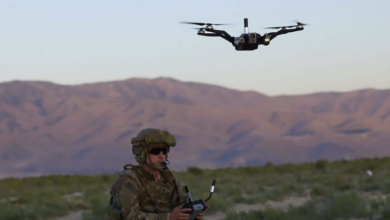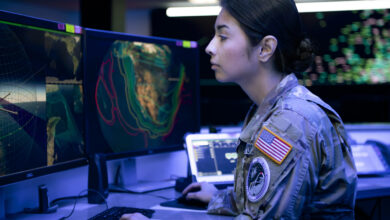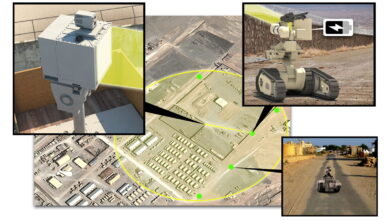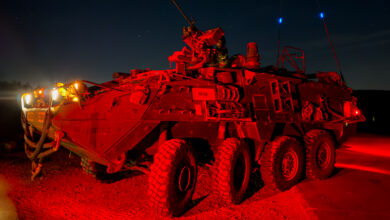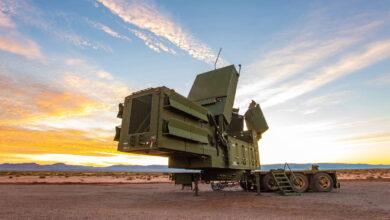US Military Dogs to Get AR Goggles for Better Communication
The prototype is currently wired, keeping the dog on a leash, but researchers are working to make it wireless in the next phase of development.
Military dogs could soon be relaying live visuals of their area of operation to their handlers sitting afar via Augmented Reality (AR) goggles.
The system is based on Microsoft’s Hololens technology and was created by A.J. Peper, founder of Seattle-based firm Command Sight. He added an optoelectronic component, which converts light into electrical energy and vice versa, to a pair of Rex Specs goggles already used for canine eye protection by the military.
The goggles are fitted with a visual indicator through which the handlers can direct the dog to a specific spot. Based on the images the instructor receives, they could direct the canine on their next course of action.
Military dogs are used to track down narcotics, scout areas for explosives and hazardous materials, assist in rescue operations, and even engage enemy combatants, like when a US military dog helped track down Islamic State leader Abu Bakr al-Baghdadi.
Keeping Handlers Out of Harm’s Way
US army dogs are presently directed through hand signals, wherein the instructor has to remain within the dog’s sight, or through laser pointers that require the handler to generate a light source from a nearby place, putting them at risk of being found out.
The other method of instructing is through audio communication using a camera and a walkie talkie placed on the dog. That method, however, has been found not reliable enough because of the confusion it creates for a dog to follow the instruction.
The new, AR-based system has been developed through a project funded by the Small Business Innovation Research Program and has been managed by the Army Research Office (ARO).

It has successfully cleared the first phase of the program and has been selected for the second phase of the three-stage program.
The prototype is currently wired, keeping the dog on a leash, but researchers are working to make it wireless in the next phase of development.
“Augmented reality works differently for dogs than for humans,” said Dr. Stephen Lee, an ARO senior scientist. “AR will be used to provide dogs with commands and cues; it’s not for the dog to interact with it like a human does,” he added.
Developers are also upbeat about the technology because goggles are already being put on military dogs to protect them from inclement weather.
The other important benefit of the system is that since the camera is fitted in the goggles, the dog handlers will get better visuals than the ones they get from the present cameras deployed on the dog’s back. A camera in the goggles “eliminates the bounce that comes from placing the camera on the dog’s back,” Lee explained.



